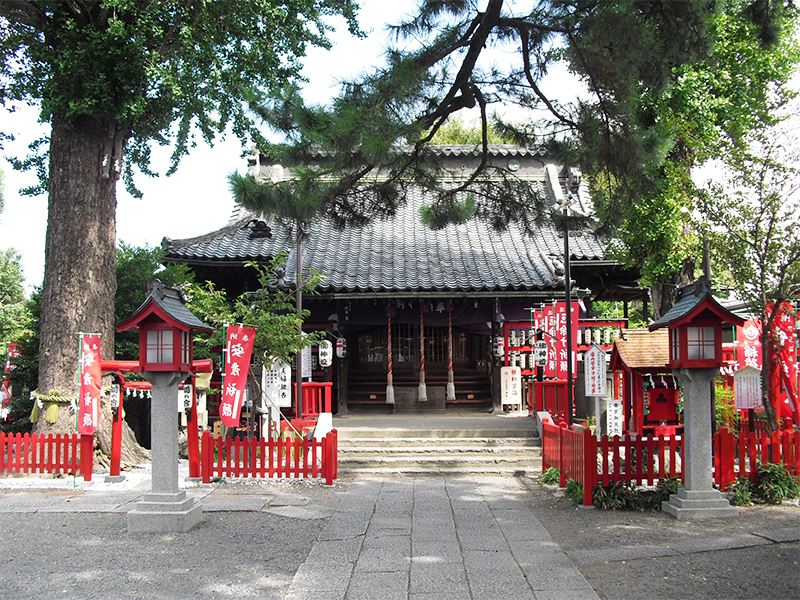Katori Shrine
sightseeing

This is the Ōsawa village shrine. It is said the Katori Shrine was transferred here from Sagishiro. The “Meisaichō” notes the shrine's establishment as Ōei era (1394 to 1428). This area belonged to Shimōsa Province in the middle ages, and Katori Shrine, the province's first shrine, was invited to the village as its guardian deity and built in Sagishiro. It was moved to its current ground around the Kan’ei era (1624 to 1644) due to the maintenance of the Ōushū Kaidō. According to the sign displaying date of construction (munafuda), the current main shrine was renovated in 1866. A pattern from the fabric-dyer is engraved around one side of the main shrine. It is the work of Takejiro Hasegawa who resides in Mount Asama San’ya-machi and is the city’s designated cultural property.
Basic Information
Location
Koshigaya Osawa 3-13-38
TEL
048-975-7824
Home page
Event Information
At our shrine, there is a flea market that takes place on the second Saturday of every month (from 8 am to 4 pm) (the fleak market will be carried out in case of light rain). In addition, every year on December 2nd, there is a Kumadeichi Festival along with an open air Okameichi Festival, making the festival lively.
How to get there
Public transport
5 minutes from the Kita-Koshigaya Station of Tobu-Isesaki Line










